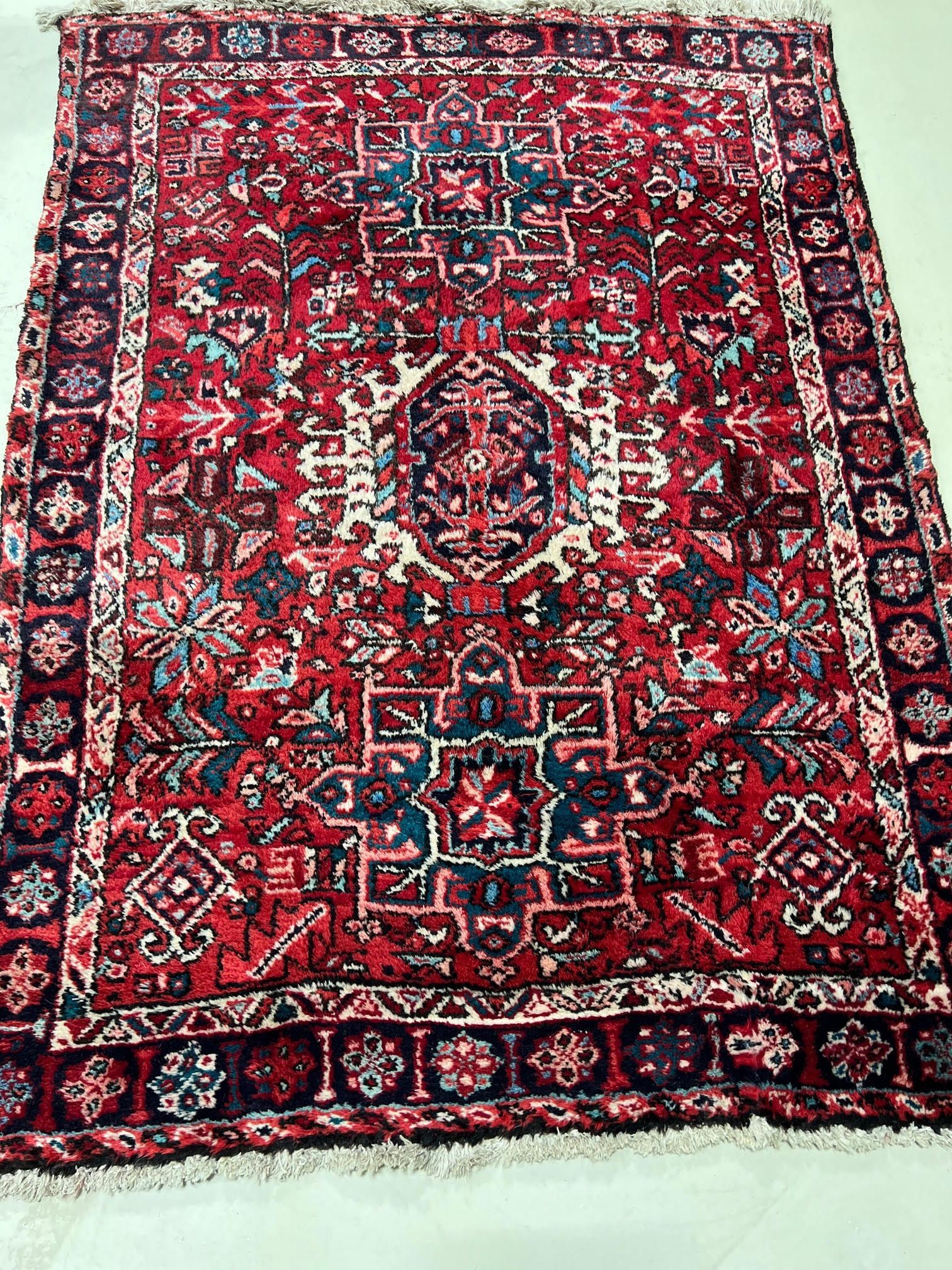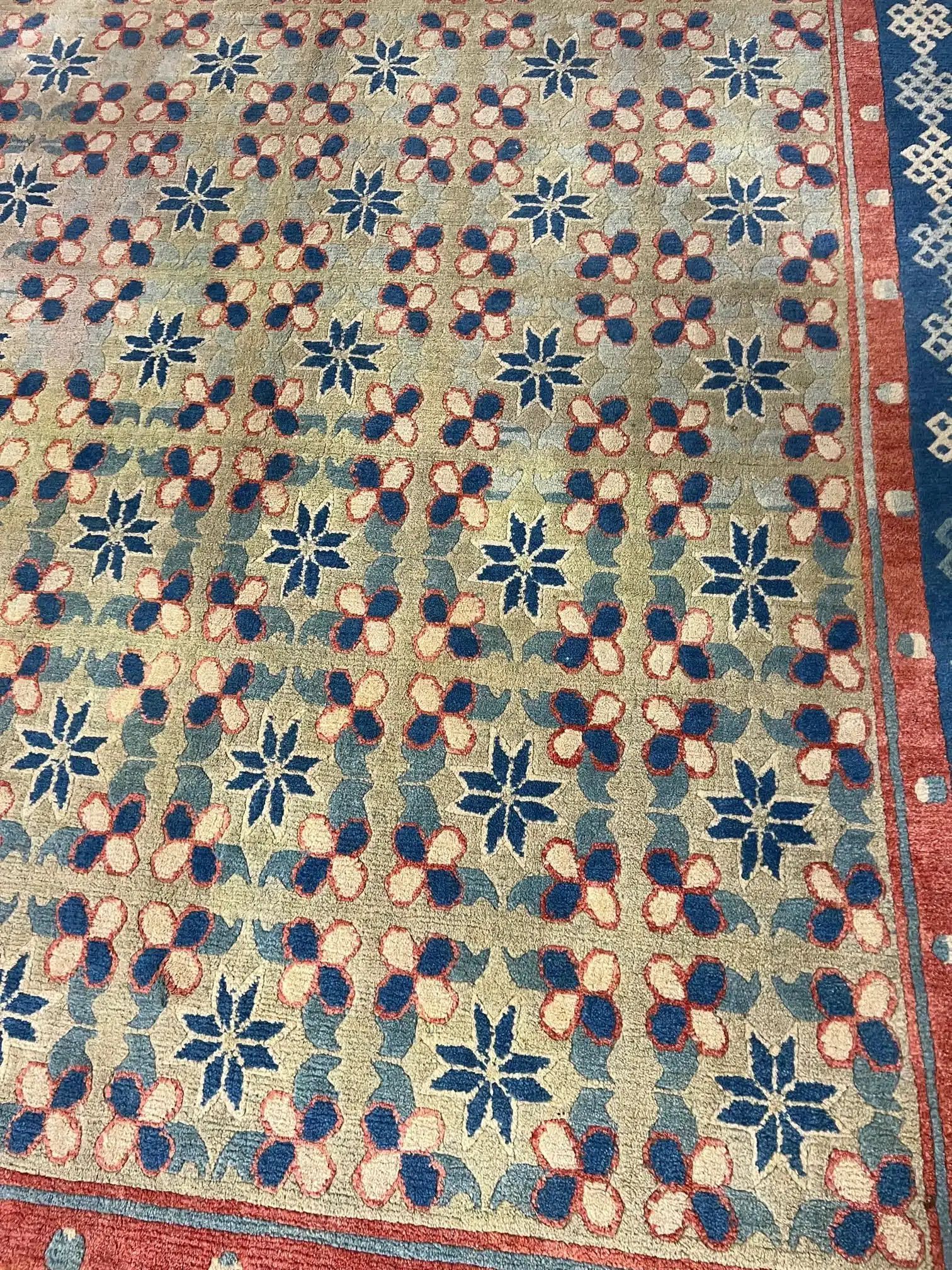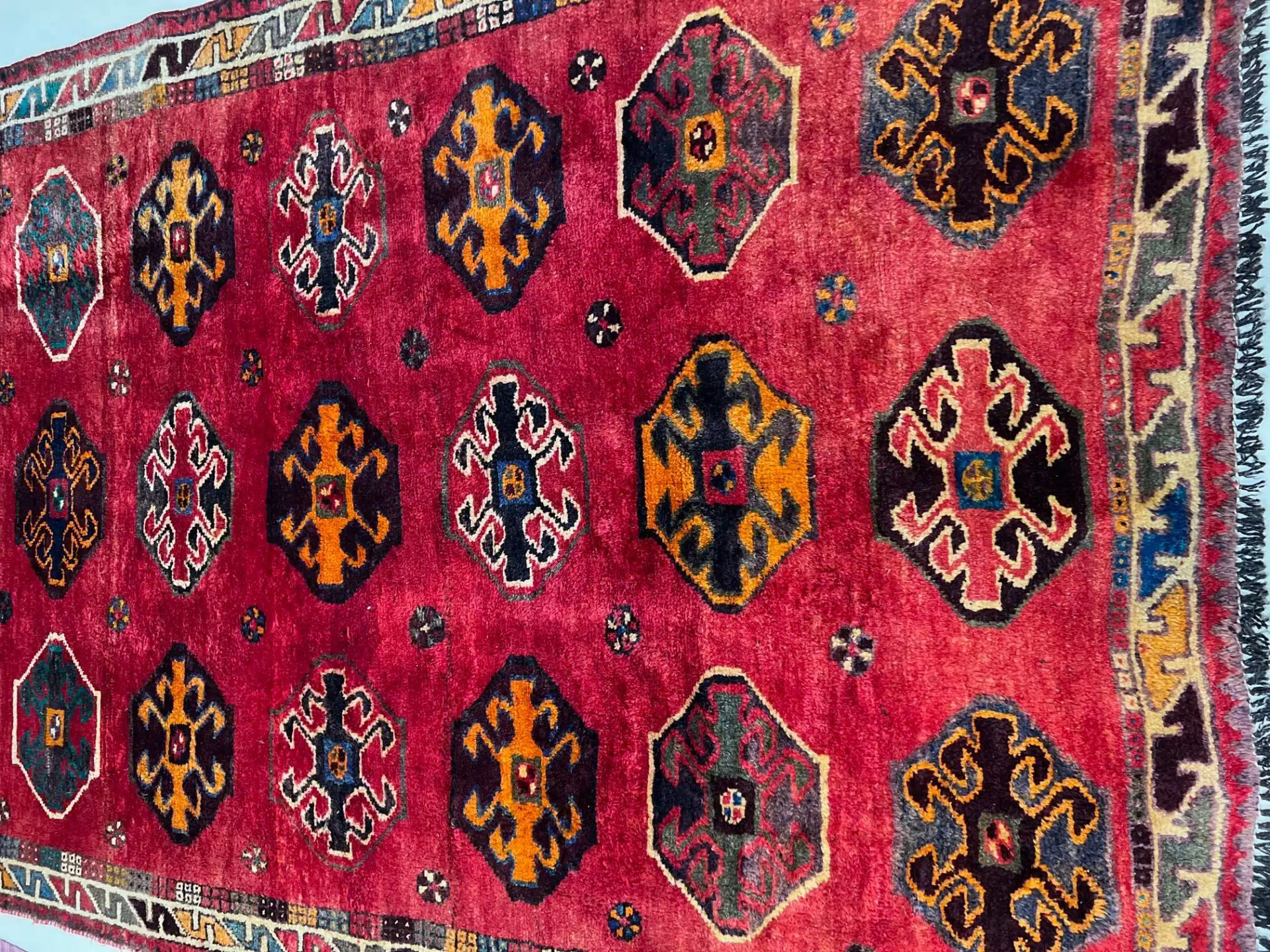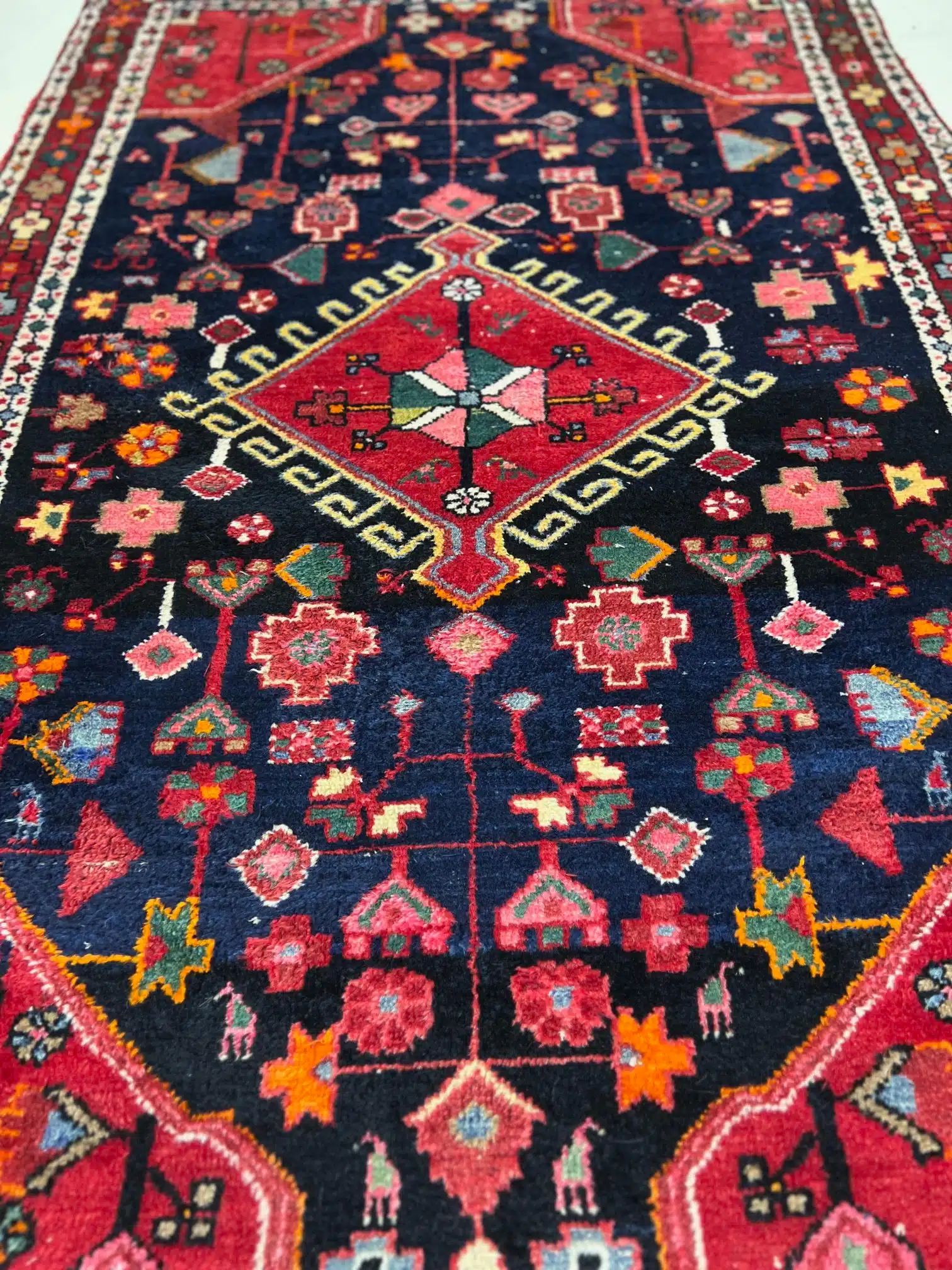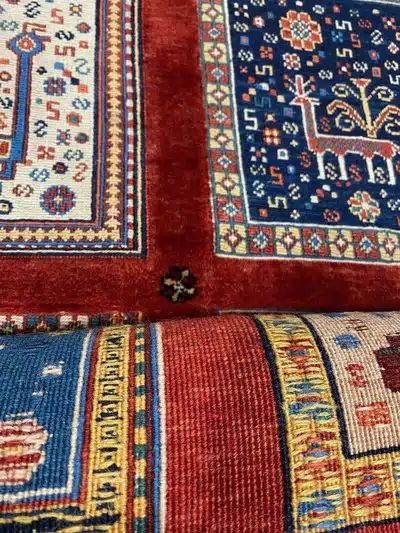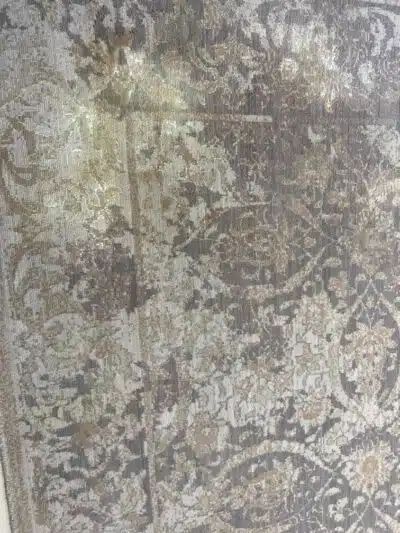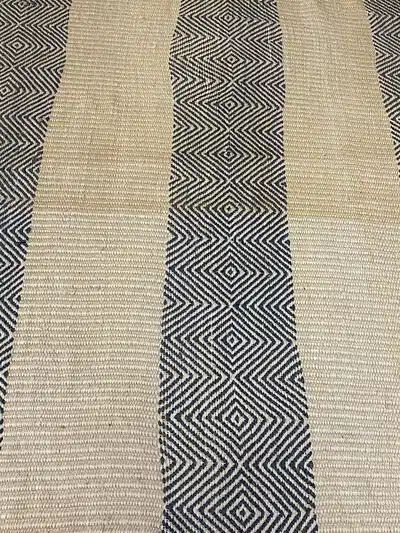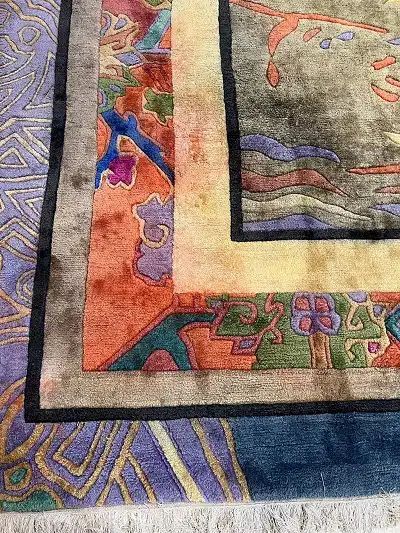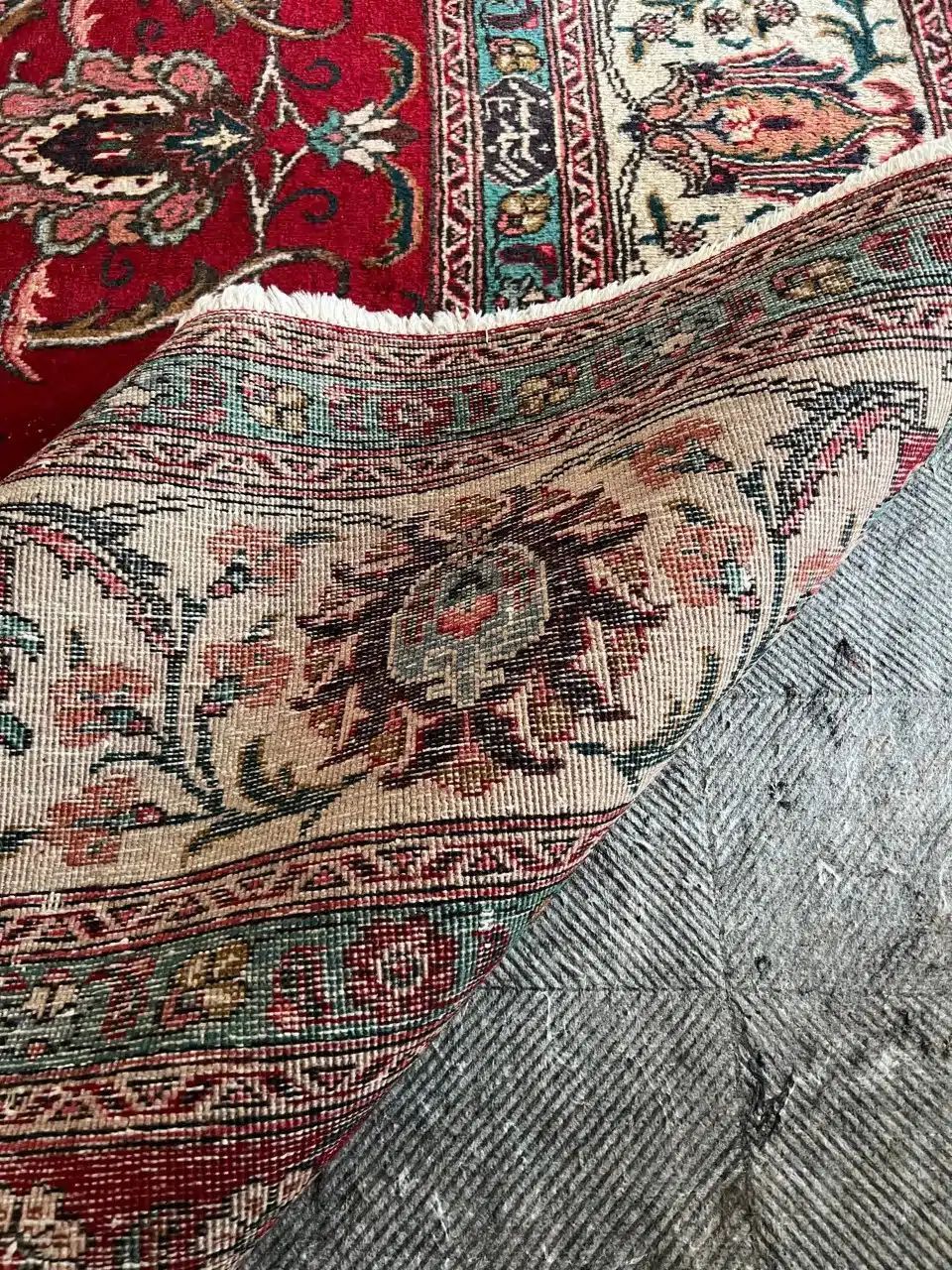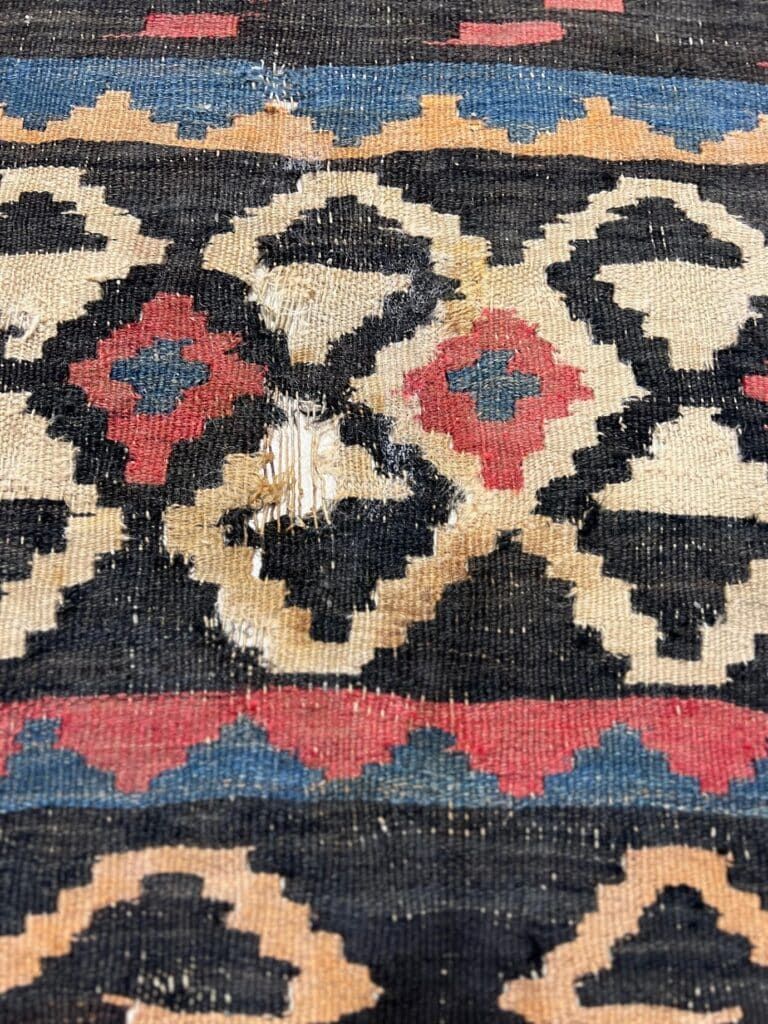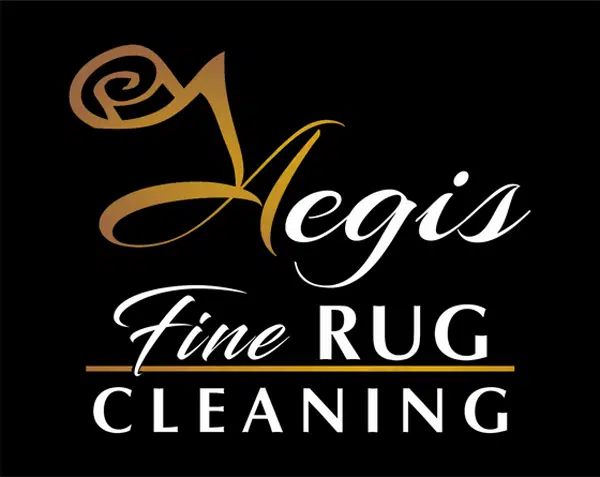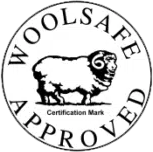The Properties of Wool
Wool Is Biodegradable
The true test of a product’s sustainability credentials is often more noticeable at the end of its life instead of during its fabrication. Wool is biodegradable, which means that its fibers eventually break down naturally and return to the soil. According to industry experts, decomposed wool contains natural sulfur compounds that enrich the soil.
Wool is naturally resilient and strong. Before old wool is taken to the landfill to decompose, many textile manufacturers salvage the wool for recycling.
Here are some things to consider in terms of synthetic rugs and sustainability
Synthetic rugs that are made from plastics are just not sustainable when we look at their end-of-life options. Most synthetic rugs end up in the nation’s landfills for decades since they are not biodegradable. While there are programs that specialize in recycling plastics into other useful products, they don’t yet have the infrastructure to recycle all of the world’s cheap synthetic rugs.
For right now, wool remains as one of the best choices for sustainable floor coverings, and our ancestors knew this before the term “sustainability” became such a popular buzzword.
Wool Rug Cleaning By Aegis
It used to be that rugs were heirloom pieces that grandparents passed on to their grandchildren at special milestones in their lives. Traditions that are this memorable start with luxury wool rugs and are maintained with professional rug cleaning.
At Aegis Fine Rug Cleaning, the owner personally inspects and hand washes each piece that arrives at our doorstep. After assessing the condition of the rug, he formulates customized cleansers that effectively lift dirt, remove odors, and brighten colors.
With annual professional rug cleaning, and ongoing preservation techniques, your fine wool floor covering will be ready for the next generation and beyond.
The post The Properties of Wool appeared first on The Austin Rug Cleaner.
